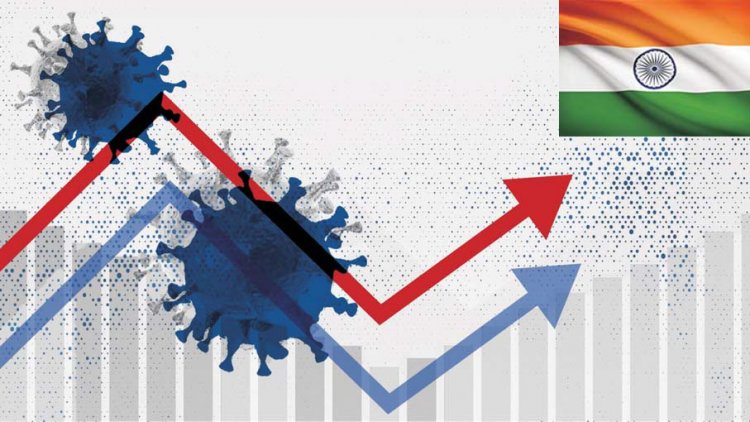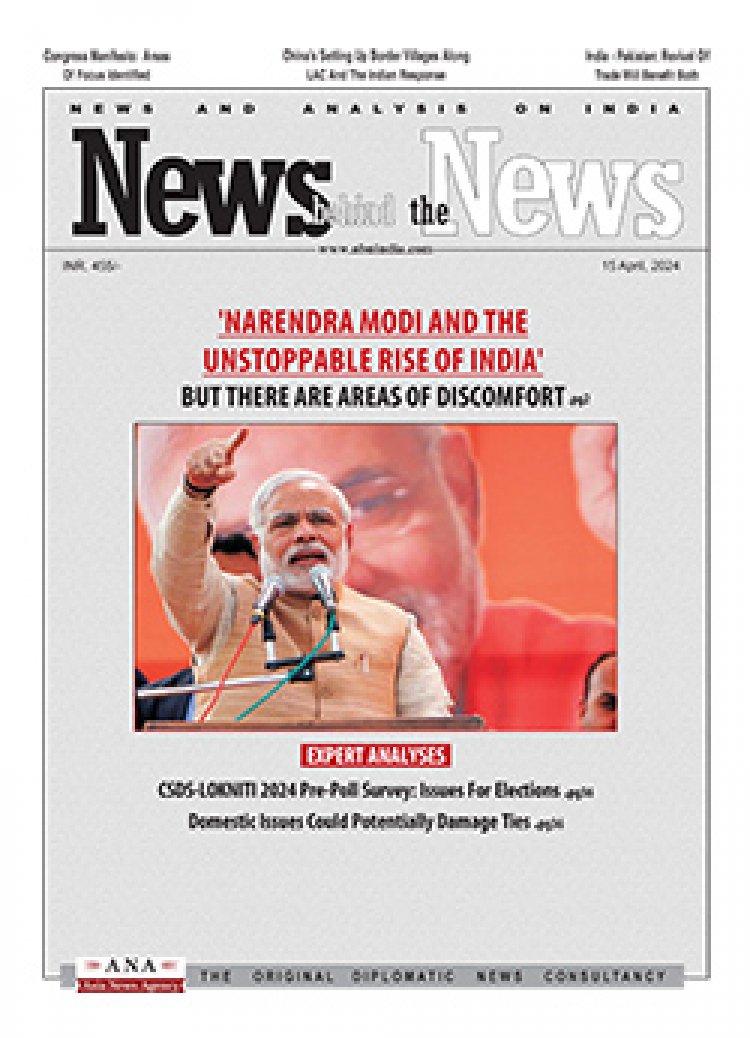The COVID Nightmare is back
Amulya Ganguli

It’s back to the early months of last year when the Covid-19 virus began its deadly journey to envelop the country and also the rest of the world. After a brief respite in the first few months of 2021 when the curve denoting the rise and fall of the pandemic showed signs of flattening, yet another lethal wave of the disease has hit the nation.
There are reasons to believe that its impact is going to be worse than that of the first wave because the new mutants which are stalking the land are more infectious. As much is evident from the steep countrywide rise in the number cases, crossing a frightening 200,000 mark. The general belief, therefore, that the worst is over when the number of cases and fatalities began to drop in early 2021 has been cruelly belied.
The nation has to brace itself all over again for a long haul which may be made all the more difficult by the fact that the earlier recipe like lockdowns can no longer be avoided. At present, both the government and the people are dearly hoping that such total shutdowns are kept at bay. The grim experience of the last lockdowns is a deterrent when hundreds of migrant labourers had to walk thousands of kilometres to their villages to escape their penury in towns where they were deprived of their wages.
Learning from that lapse, the government may move towards lockdowns in phases. The present night curfews in some of the towns are believed to be precursor to a prolonged ban on all kinds of vehicular and pedestrian movement. Although it will be a daunting experience for those who will have to go through the disheartening ordeal of staying at home all day long yet again, it is perhaps the only way to bring down the rising tally of deaths which have not only led to overcrowing in hospitals, but also at the cemetaries.
In addition, the shortage of vaccines and of medicines has exacerbated the situation so much that India has now decided to use imported vaccines like the Russian Sputnik V. Besides, the country may also turn to manufacturers like Moderna and Johnson and Johnson to secure their supplies of vaccines. The urgency of the need may induce the government to overlook the complaints of blood clotting which have been associated with some of the vaccines, thereby forcing a few countries to temporarily ban their use.
A primary reason why India is passing through this critical phase is the ongoing election “season” which has seen innumerable poll rallies attended by millions. Then, there is the Kumbh gathering of holy men and ordinary people to bathe in the Ganga on auspicious days in this month’s calendar which marks the beginning of the new year for several communities with their customary celebrations. The Muslim festival of Ramzan with its fasting-and-feasting routine is also on at present.
The election rallies and the Kumbh are seen as the main offenders for being the “super-spreaders” of the virus since none of the so-called mandatory Covid protocol such as the wearing of masks and the maintenance of a six feet distance between individuals is observed. Even as the elections in four states and a Union territory are drawing to a close, the panchayat polls have begun in U.P. to become another “super-spreader”.
The huge interest in these occasions, both holy and mundane, induces millions to participate in them with the elections being dubbed a festival of democracy. In tandem with them, the prime minister wanted the country to participate in a “tika utsav” or a festival of vaccination. But, even if thousands turned up at the paying private and free government hospitals to get their shots, the shortages and the overcrowding can raise fears of the hospitals themselves becoming “super-spreaders”. Then, there are the cricket matches of the Indian Premium League even if these are being played in empty stadiums.
The ordinary people would have cheerfully endured all these difficulties if there was any indication that the virus is on its way out. But there is no such sign. If it continues to mutate, as is its wont, the deadly germ will continue to wreak havoc with the vaccines following one step behind to bring it under control. However, the fact that the vaccines can reduce the severity of an attack is a relief for those who have received the jab. But the thousands who haven’t, especially the young, continue to be at risk.
What impact the seemingly unending pandemic will have on the economy is still uncertain. However, there have been hopeful indications with the International Monetary Fund and the Economist Inntelligence Unit predicting a 12.5 per cent and 13 per cent growth rate for India, respectively. The World Bank, too, has commended the way in which the Indian economy has bounced back from the pandemic. But these forecasts were before the latest calamities of a second wave. It will take another six months, therefore, before a truer picture is available. Already, the index of industrial production has been showing a steady contraction.
In the meantime, the politicians and the people will keep their fingers crossed with regard to the election results. If the BJP doesn’t fare as well as it expects with probable losses in Tamil Nadu and Kerala and an even-steven affair in West Bengal, the opposition will highlight the government’s “failures” on the coronavirus front with greater gusto than at present when Congress leader Rahul Gandhi has mocked the prime minister’s “tika utsav” as fake showmanship.
















